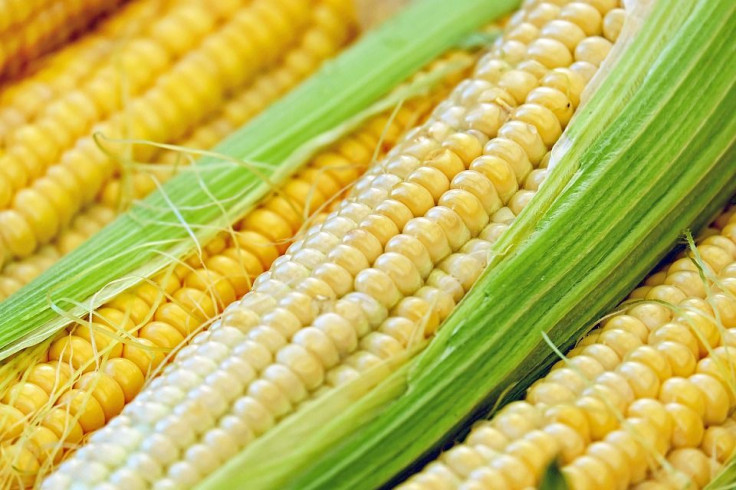National Corn Fritters Day: History, Facts And Health Benefits
Be it summer barbecues, backyard gatherings, or movie nights, corn fritters are a must-have. For a country that makes 40% of the world's corn, it is no surprise that this traditional sweet and savory snack is popular in the United States. So, every year on July 16, National Corn Fritters Day is observed to encourage people to fry up a batch of these crispy, flavorful bites of corn and batter!
History
The corn fritters are said to have their origins with the Native Americans. They have been using maize, which is ground corn, as a staple for many years, long before explorers from Europe came to the New World. However, deep-frying techniques were not something they were familiar with as they required cooking oil and equipment that could withstand high temperatures.
However, when European settlers came to America, they learned about different processes and recipes for corn dishes. They soon began making their variations of cornmeal dishes. Thus was born the corn fritter, in the South of the United States.
Facts
1) Corn Fritters are equally popular in Indonesia, where they are known as "bakwan jagung" or "perkedel jagung."
2) Corn is America’s largest crop and accounts for more than 90% of the total value, the majority of which goes towards feeding livestock.
3) Corn is not only used as an edible item, but also a raw material for hand soaps, Windex, adhesives, varnish, paper, spark plugs and building materials.
4) The first historical record of the corn fritter is by Samuel Pepys, an Englishman who served as a Member of Parliament during the English Restoration period. He noted in his diary that he would be enjoying some fritters before Lent.
Health benefits
Corn kernels contain a rich amount of vitamins. Corns have antioxidant benefits. This crop is a great source of potassium, an essential nutrient that helps regulate the circulatory system.
Corn is also good for eyesight as it contains lutein, a carotenoid similar to vitamin A that helps to lower the risk of macular degeneration, cataracts and other eye conditions.

© Copyright IBTimes 2025. All rights reserved.





















